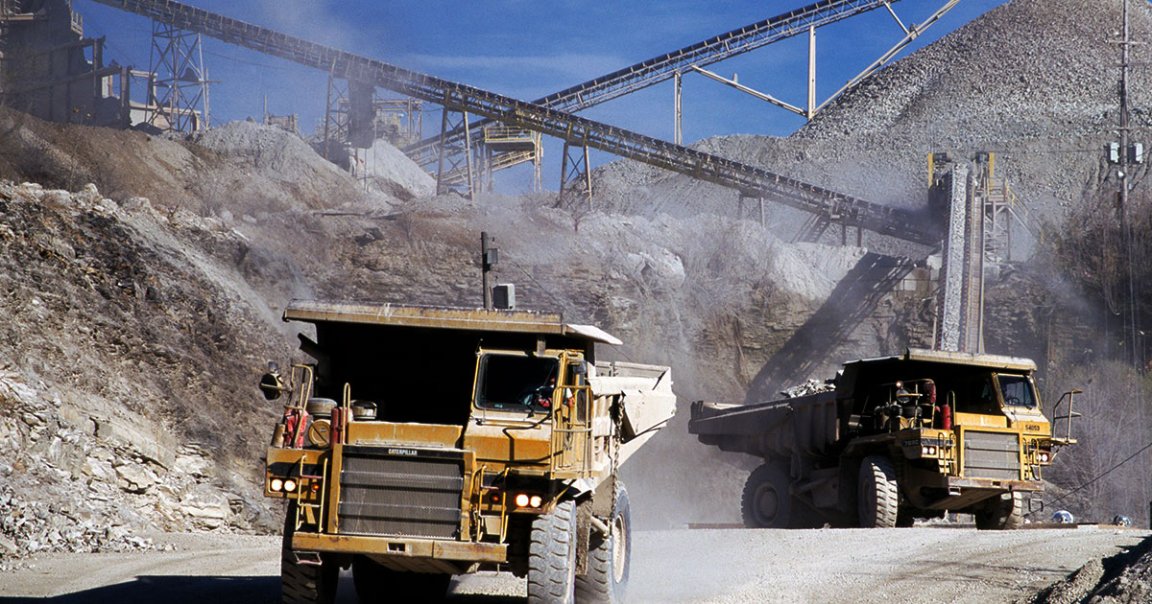
Sand Crisis
The United Nations Environment Program (UNEP) is warning that the world is facing a “sand crisis.”
The global demand for sand, the precursor for popular materials including glass and concrete, has surged over time thanks to increased urbanization and growing populations.
In fact, according to a new report by the UNEP, we could build a wall that’s 88 feet wide and tall around the entire planet using the amount of sand the globe uses in one year.
But its use is still almost entirely unregulated, Reuters reports — despite it being the second most used resource worldwide after water — with the UNEP warning that we’re consuming it much faster than the natural process that creates it.
“To achieve sustainable development, we need to drastically change the way we produce, build and consume products, infrastructures and services,” said Pascal Peduzzi, program coordinator for the report at UNEP, in a statement. “Our sand resources are not infinite, and we need to use them wisely.”
Losing Track
Sand is also what allows countless different species of plants and animals to exist, meaning its overextraction contributes to the loss of biodiversity. Time is of the essence, Peduzzi made clear.
“If we can get a grip on how to manage the most extracted solid material in the world, we can avert a crisis and move toward a circular economy,” he added.
Therefore, the UNEP recommends the incentivization of the use of viable alternatives, including crushed rock or other mining byproducts.
A central authority or institution also needs to be established to keep track of our global use of sand, the report argues.
“This isn’t an issue that’s relevant for only some places,” ecologist Aurora Torres at the Universite Catholique de Louvain in Belgium, told Reuters last year. “Sand is a critical material for every country.”
READ MORE: Sand crisis looms as world population surges, U.N. warns [Reuters]
More on sand: Astronomers Say “Megaripples” Are Moving Across the Surface of Mars